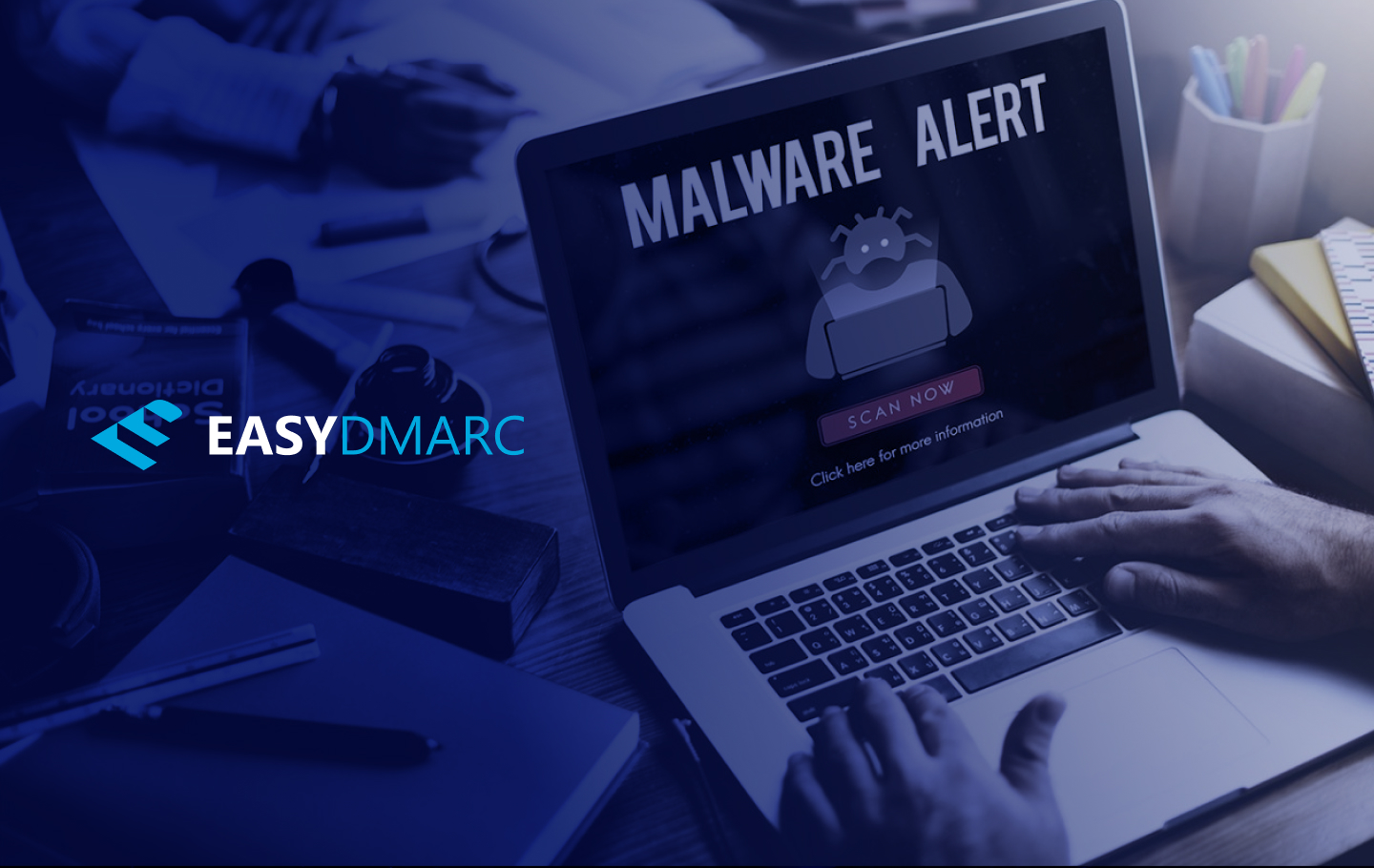Malware, short for malicious software, is a common way to execute various types of cybercrimes to disrupt or exploit systems, steal and intercept data, and even extort money. It’s one of the biggest threats to the security of any modern business, as a data breach can cause severe reputational, financial, and even legal damages.
Even mega corporations aren’t immune to virus malware and other malicious software like computer worms making their way onto closed networks, computers, smartphones, and IoT devices.
Malware detection is the only way to nip malicious cyberattacks in the bud. So, it’s best to educate yourself and your employees on how to detect malware like trojan virus, fileless malware, etc.
Keep reading to learn how to find malware on Mac, Windows, and other devices and operating systems.
How Does Malware Detection Work?
Before learning malware detection techniques, let’s take a quick look at d how malware detection works.
Malware typically enters your system or device when you click or download a malicious link or file. Bad actors can disguise malware through legitimate-looking emails, pop-up ads, websites, and even software, apps, games, and torrents.
Generally, it’s best to avoid downloading files from unauthorized sources. But how else can you detect malware?
Let’s discuss some common malware detection methods.
Slow Computer Processes
Malware often consumes space on your device and overwhelms it with faulty processes. This leads to increasingly regular crashes, programs freezing, and sluggish performance. Once you know how to find malware on Windows and Mac PCs, remove it promptly to restore normal functioning and speed up your Mac.
Browser Redirects
If you’re trying to reach a particular website, but the browser redirects you to another website, you’ve got a problem. Sometimes the redirection isn’t easily noticed as you get diverted to a fake look-alike website. You can detect malware installation attempts by simply checking the URL in the address bar. \
Malicious URLs typically have minor alterations, like using 0 (zero) instead of O (the 15th letter of the English alphabet).
Browser redirects are a common way of knowing how to detect malware on iPhone, Android, Windows, and Mac devices. You can prevent malware attacks like this by disabling any unfamiliar browser extensions—they’re common culprits
Infection Warnings
Hackers are capable of designing and spreading different types of malware, including scareware. This nasty piece of software scares users into assuming their system is infected with a harmful virus. It prompts users to download malware disguised as a fake antivirus or similar removal tool.
Once installed, the malicious code is activated, infiltrating your system to wreak havoc, steal information, or intercept and modify crucial data. It can also inject hybrid malware, which is a combination of multiple malware.
That’s why it’s paramount to invest in a credible and efficient antivirus that can help in malware detection and prevention.
Issues with Turning Your Computer Off and On
A malware attack may be possible if you’re facing issues while turning your device on and off. You might even see unexpected screens asking you to click on a particular option. It’s best if you don’t press any keys and call for a professional malware detector.
Frequent Pop-Up Ads
Unusual and frequent pop-up ads can be a bad sign. Your system might show fake virus warnings and urge you to click a link or call a number.
Remember, there’s no way a website can perform malware detection. If it says so, it’s a fake warning. Only legitimate antivirus or similar security tools can detect malware.
These days, malvertising and adware are common ways to trick and dupe people on the internet. This is done by enticing them with either very legitimate-looking adverts or larger-than-life claims and promises like a lottery and free overseas vacation.
Receiving Replies to Emails, Social Media Posts, or Messages Not Initiated by You
Threat actors enter systems and send fake emails and messages, and post on social media in users’ names. Now, these could be anything from requesting money transfers to persuading them to click a link, download an attachment, or share personal information.
You should always take it as an alarming situation if you receive replies to any emails, posts, and instant messages that you didn’t action. If this happens, let people on your contact list know that your account has been compromised.
Missing or Unfamiliar Files
If you come across files or programs you don’t recognize; it’s best if you never open them; this may activate the malicious code. You should immediately delete any such file or program and run an antivirus scanner to get rid of residue.
Also, delete unknown extensions on your browser to remove spyware. You never know if the program may contain dangerous silver sparrow malware that targets Mac OS or other operating systems. Its objective is to infect devices with additional malware and cause more harm. If you don’t know how to detect silver spoon malware, call a professional or download trusted removal tools.
Final Thoughts
Train your employees on how to find malware on Android and other operating systems for early malware detection. Hackers aren’t going to stop exploiting company data for financial gain anytime soon.
You can detect malware by carefully scrutinizing the URL of a website, unusual ads, and abnormal processes. Slow computers and unfamiliar programs are mega signs of malware infection. Run an antivirus scan or call a professional immediately if you suspect malware. Lastly, delete any unrecognized extensions in your browser.


